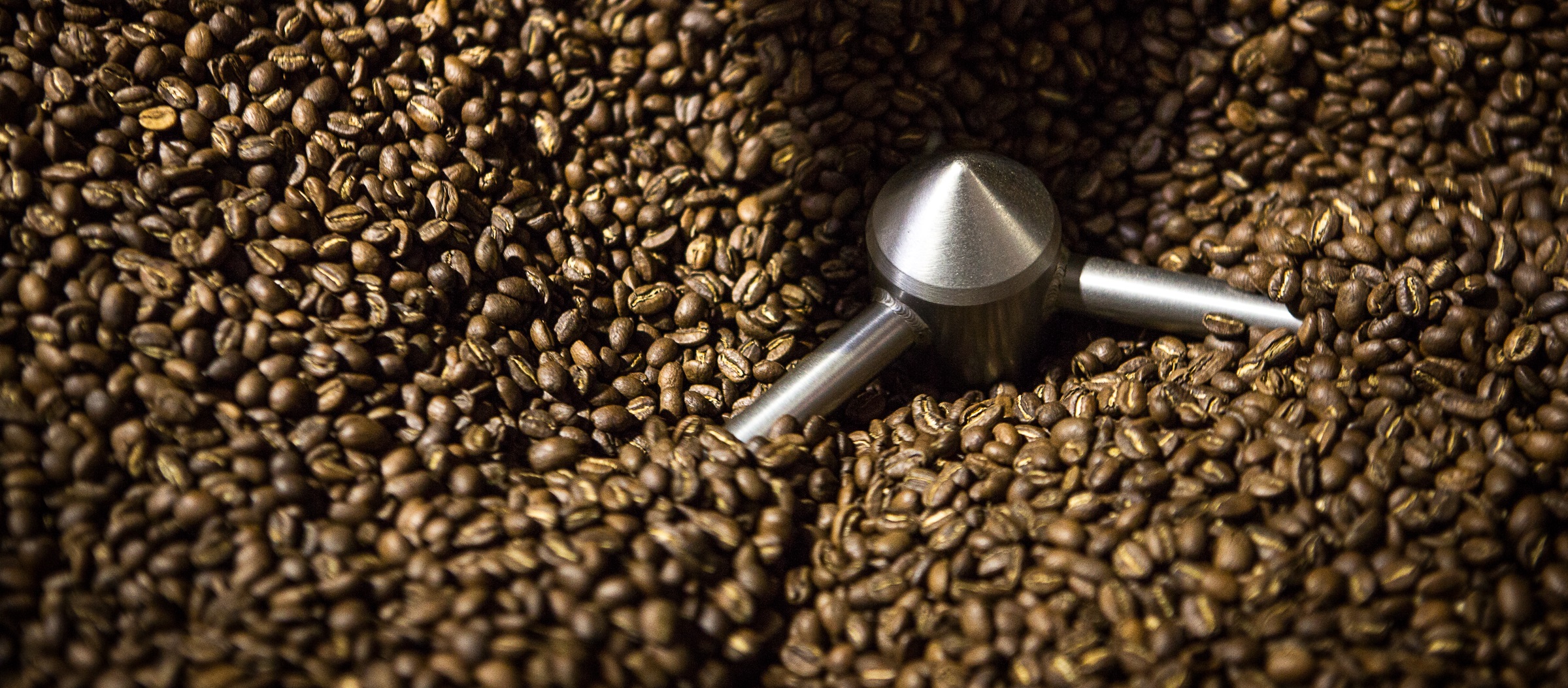
There’s something exciting about the roasting process. It’s an incredible transformation process, taking a little flavourless green seed and turning it into an aromatic coffee bean. As the change occurs, the senses are awakened with the wonderful scent of freshly roasted coffee.
Each roaster has a different idea when it comes to the ideal process when roasting coffee and many will have spent years of careful trial and error to achieve – in their eyes – the perfect roast.
Ultimately, roasting comes down to two things: colour and speed. Is the bean light or dark? And was it roasted fast or slow? Two beans may look very similar in colour, yet the flavour will differ depending on the roast time.
The roasting process has a strong impact on the taste of the coffee, affecting its acidity, sweetness and bitterness; as they work, roasters will adjust the roasting heat and time to find the perfect equilibrium between these three aspects.
So as an example, the longer a bean is roasted, the darker and bitterer it will become; however, it will be less acidic – it’s all about balancing the flavours.
There are five key stages of roasting and the time the coffee takes to complete each stage is known as the roast profile. Each stage must be closely monitored to ensure that it can be replicated as close as possible each time that particular coffee is roasted.
Stage 1: Drying
During the first few minutes of roasting the bean will be green and may not look like it’s changing, but this is when the water evaporates and the bean dries out properly.
Stage 2: Yellowing
Once the water has been removed, the coffee starts to brown. The chaff (skin) flakes off and the coffee starts to turn a pale golden-brown.
Stage 3: First crack
As the heat increases and the pressure builds, the bean will crack, causing it to break open and increase dramatically in size. This is when the coffee aroma and flavours develop and the roaster can start to judge the roast.
Stage 4: Roast development
After the first crack, the roaster will decide the balance they are looking for, as the acidity reduces and the bitterness increases the longer the roasting continues.
Stage 5: Second crack
If there is a second crack, the oils in the bean will be driven to the surface and the coffee is effectively burnt and takes on a generic roasted flavour. This type of coffee is known as French or Italian Roast – a dark, full-bodied, bitter roast.
Find out more the art and science of cupping in Gallery 2 at The House of Coffee & Co.
There are 0 comments